Growing up amid a world of collectors and patrons, Tina Barney never envisioned that one day, her intimate scenes of the world in which she lived would elevate photography as an art form. “I never thought of myself as an artist; my standards were so high that I never would have put myself in that category,” Tina says. “I was doing it because I enjoyed it. It excited me and turned my mind on.”
Tina’s singular path through photography can be traced back to a confluence of events during the 70s that created a space for a young wife and mother from a prestigious background to create a vision and a voice wholly her own. She volunteered at the Photography Department of the Museum of Modern Art and began collecting work. “I still have the receipts. A Lee Friedlander was $150, and Robert ‘Frank’s Butte, Montana’ was very expensive, $350,” she says.
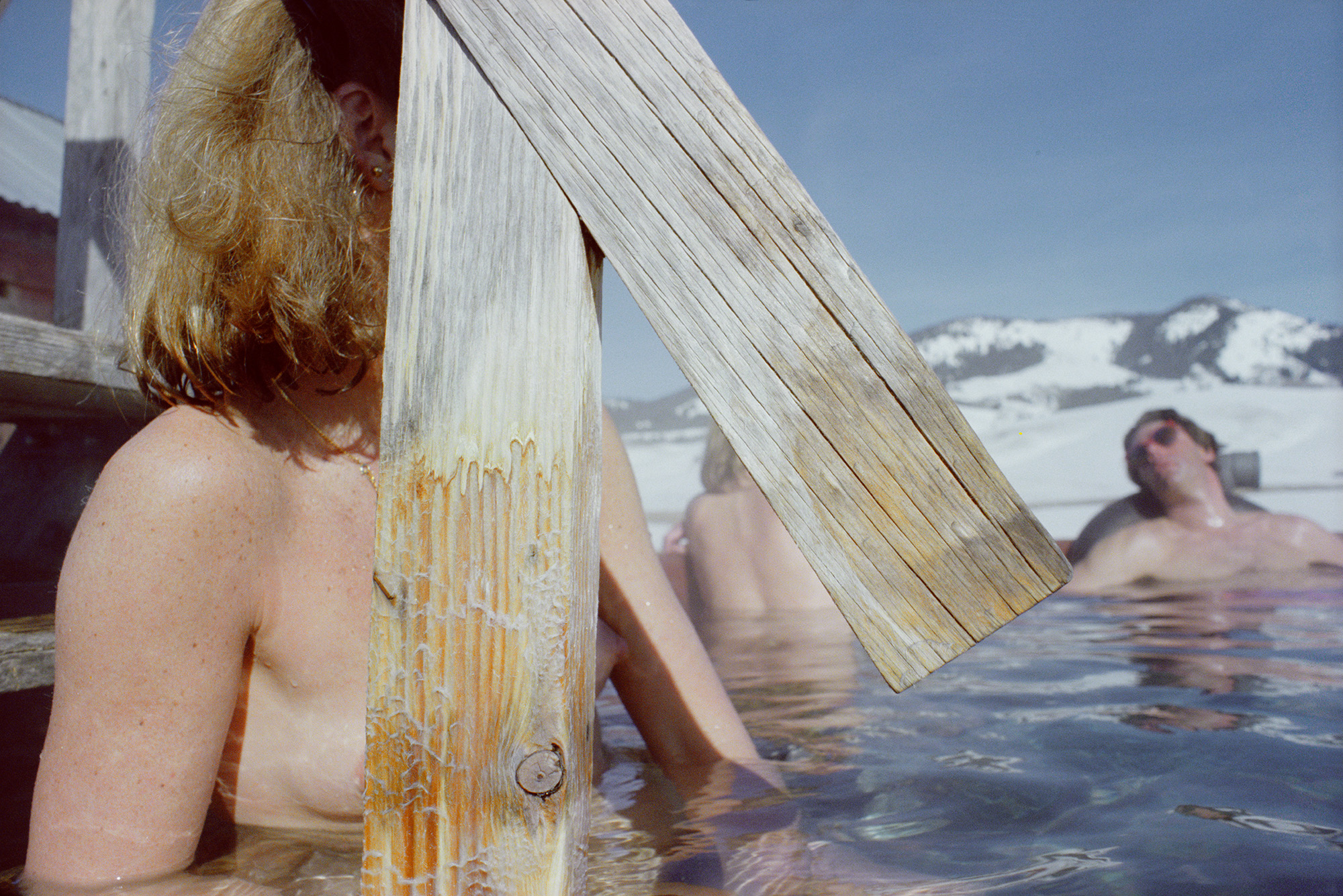
Then, in 1973, everything changed. Her then-husband decided New York was a terrible place to raise children and wanted to get out. The family decamped for Sun Valley, Idaho, a luxurious ski resort town that Tina remembered from her youth. “We chose it because my mother brought me there when she was getting a divorce from my father in the 50s, and we went not knowing one person,” she says. “We rented a condo without seeing it and put our kids in Ernest Hemingway grade school. It was an extreme culture shock. I was walking around thinking that my life had ended. I love skiing, but I can only ski so much.”
Fortunately, Tina’s love for photography guided her to the Sun Valley Center for the Arts, where she began taking workshops and classes with photographers like Peter de Lory and Mark Klett. As Tina navigated the medium, she discovered the question at the heart of her work: the subject itself. As she reflected on her life in Rhode Island, New York, and Sun Valley, she began to create the blueprint of her life’s work.
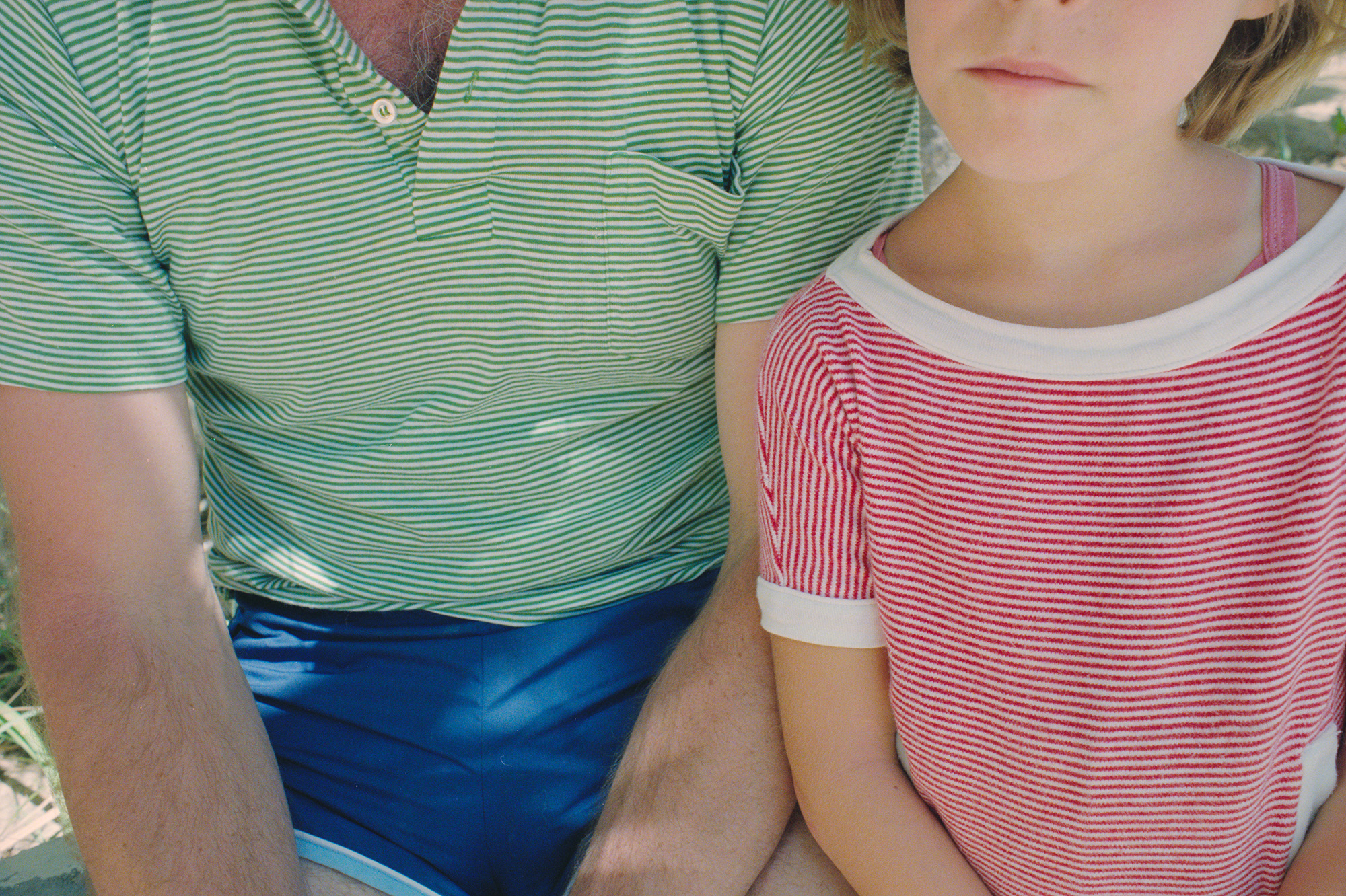
Working with a view camera, Tina began crafting lusciously detailed scenes that combine the grandeur of space with the theatre of life to explore the quiet and tender intimacies of our shared lives. But rather than adopt a diaristic approach, Tina’s work has a broader anthropological feel, using formal elements of the photograph to explore the psychological elements of the scene.
Tina naturally integrated photography into her daily life. “I would get up in the morning, feed my kids, go skiing, come back, take a workshop, and make pictures,” she says. “I think that’s youth, especially if you live in the middle of nowhere. You could wear many hats, so that was what I did. And then when I moved back to New York, I got divorced and that made a big difference.”

In 2020, Tina came full circle and returned to these early works to create Tina Barney: The Beginning (Radius Books), a collection of her earliest works made between 1976-1980 that map the foundations of a four-decade career to come. The Beginning beautifully preserves a moment of discovery: a way of seeing, thinking, moving, and responding to the world in a medium sustained by an endless desire that can only be found in the gaze.
For Tina, the stories to be told were hiding in plain sight, existing within the liminal space of the photograph itself. She crafted complex and layered images of the world in which she lived, seeking to illuminate the inner lives of people as they moved through daily life. Preferring to work by intuition with trial and error as her guide, she began to weave shimmering scenes that weave together tapestries of people and place.
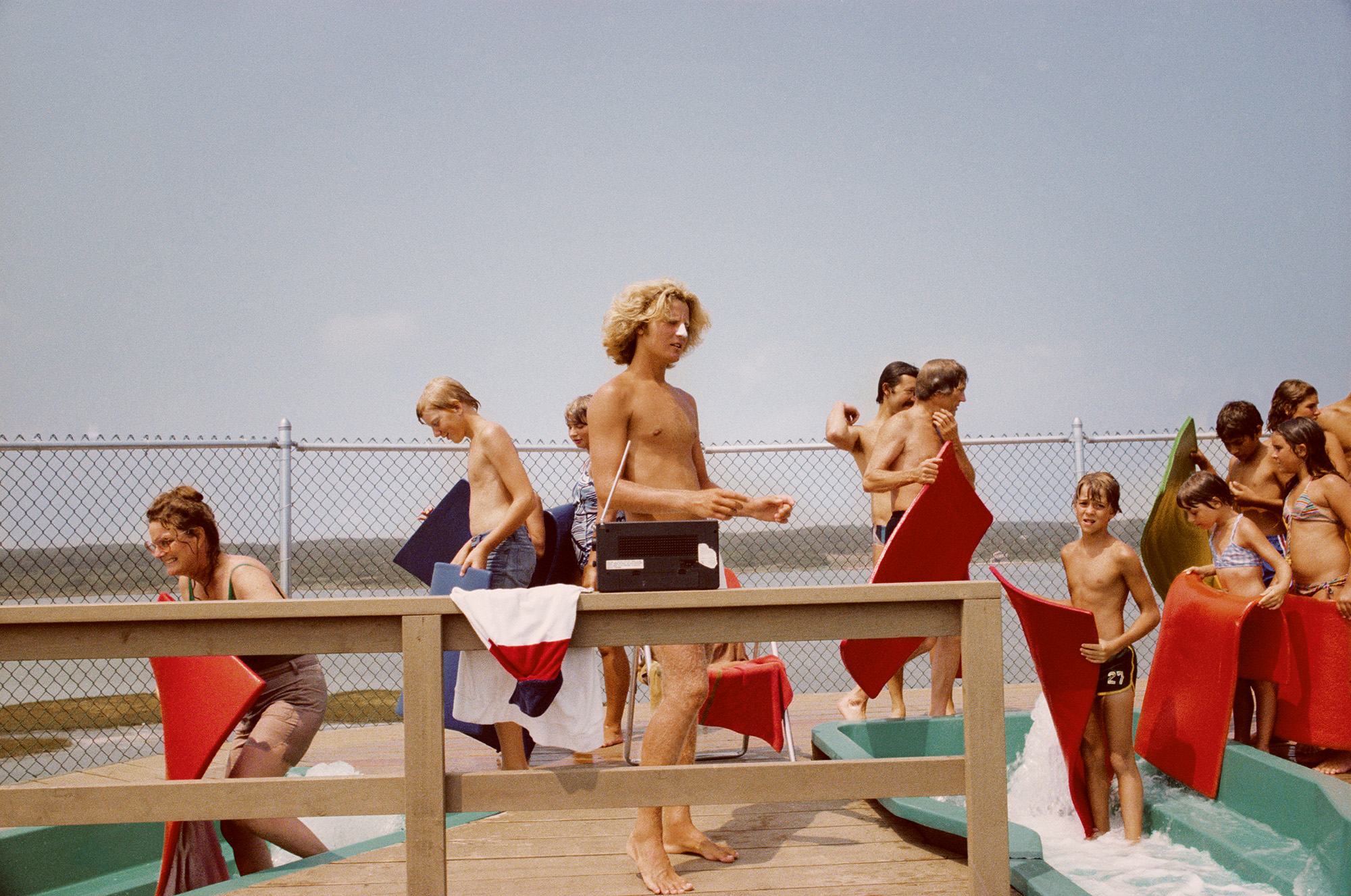
“I wanted to talk about families handing the old house down from generation to generation, how things these old houses in the summer resorts never changed,” she says. “The house in ‘Sunday, New York Times’ is still there. The plates I photographed in 1982 are still in the same place on the shelves.”
From the outset, Tina understood the best way to tell these stories was to distil the metaphorical elements layered within the more literal facts of the images. “In the book Theater of Manners, I call people by their first names, but they were really symbols: mother, father, sister, brother, best friend, cousin,” she says. “I never wanted the pictures to be about me and my family; that’s too narrow, and it’s not as interesting if this just happens to be about me. I like interpretations to be abstract because that gives a place for different narratives from each viewer.”
Blessed by a clear vision, exquisite discernment, and impeccable standards, Tina’s editorial prowess was exacting, and she was willing to pay the price even if that meant she might only make eight pictures a year. “It’s still not for fame and fortune,” she says. “That rush people get from doing a sport, it’s the same feeling when you make a good picture. I think that’s what keeps people going; it’s like a drug. I want to feel that again.”
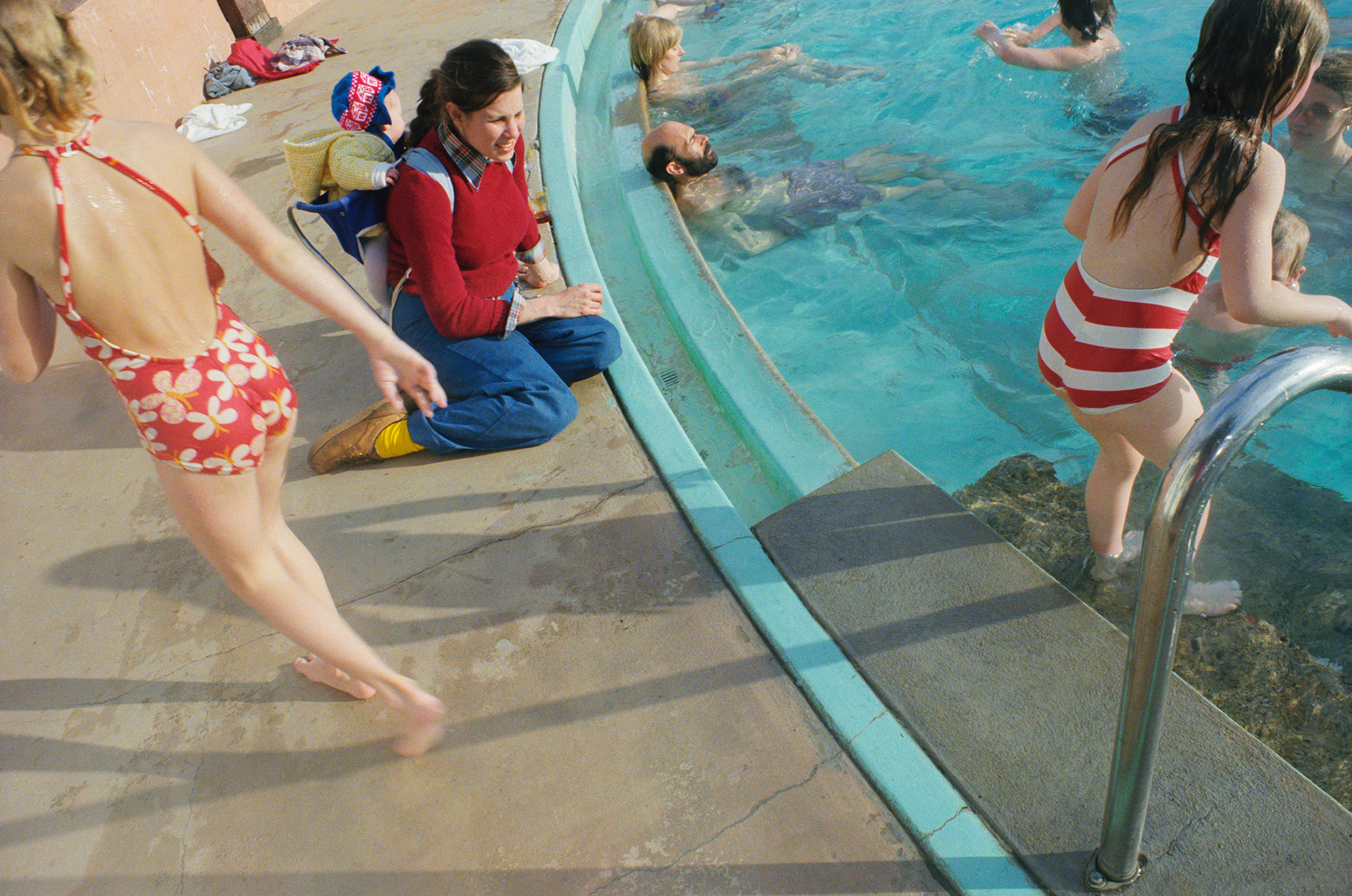

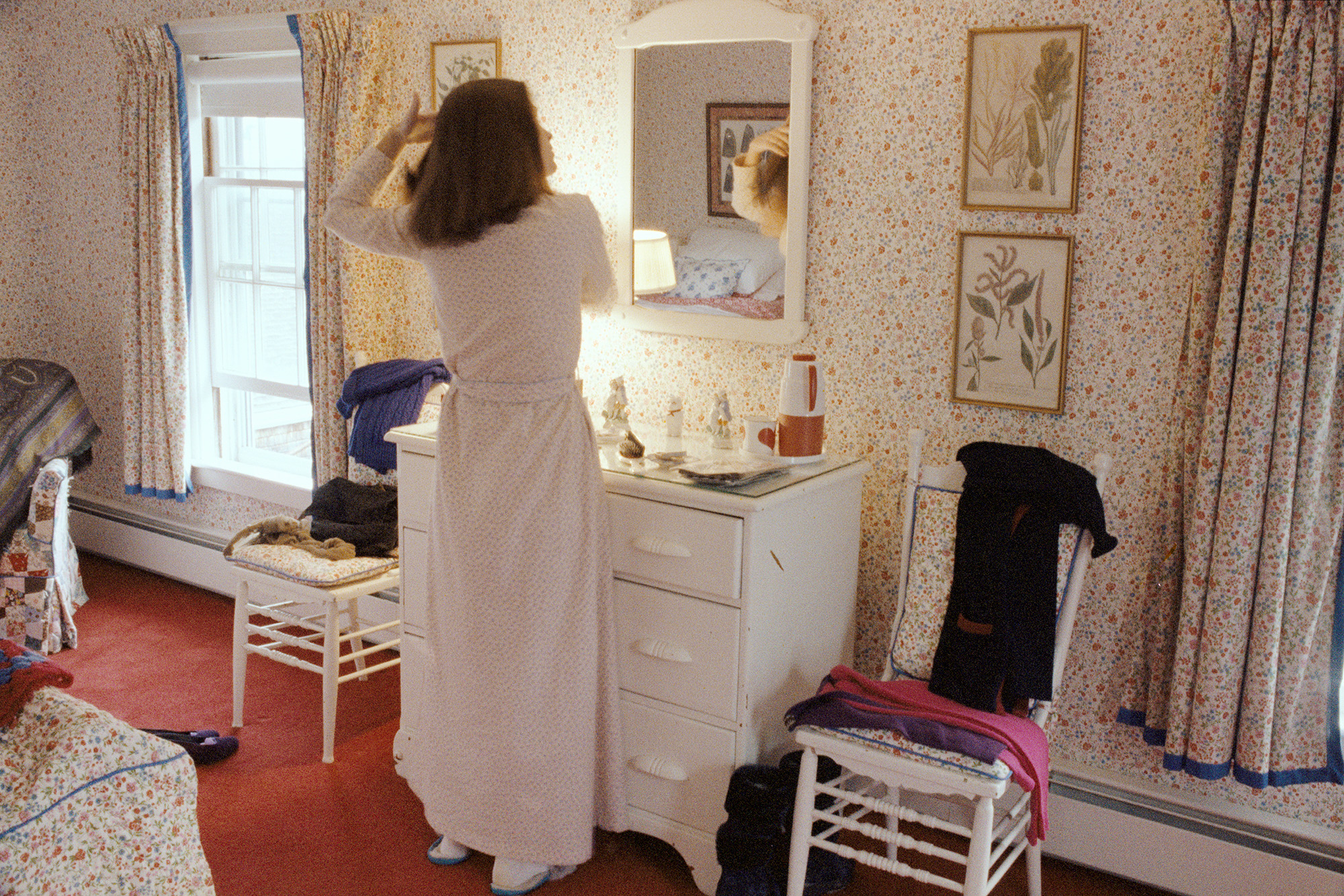
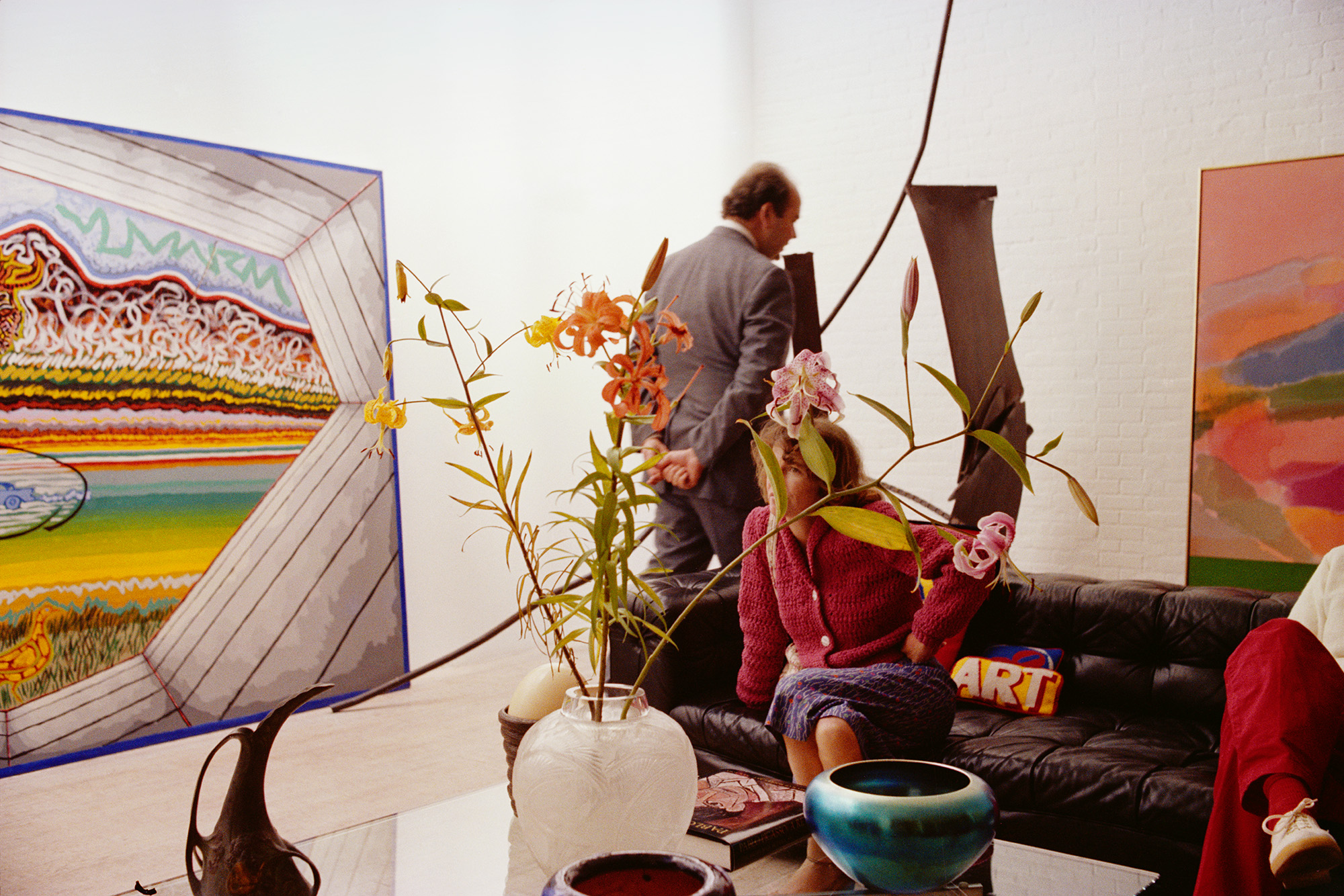
Credits
Images courtesy of the artist and Radius Books
